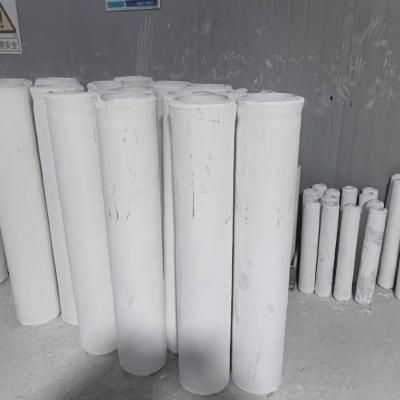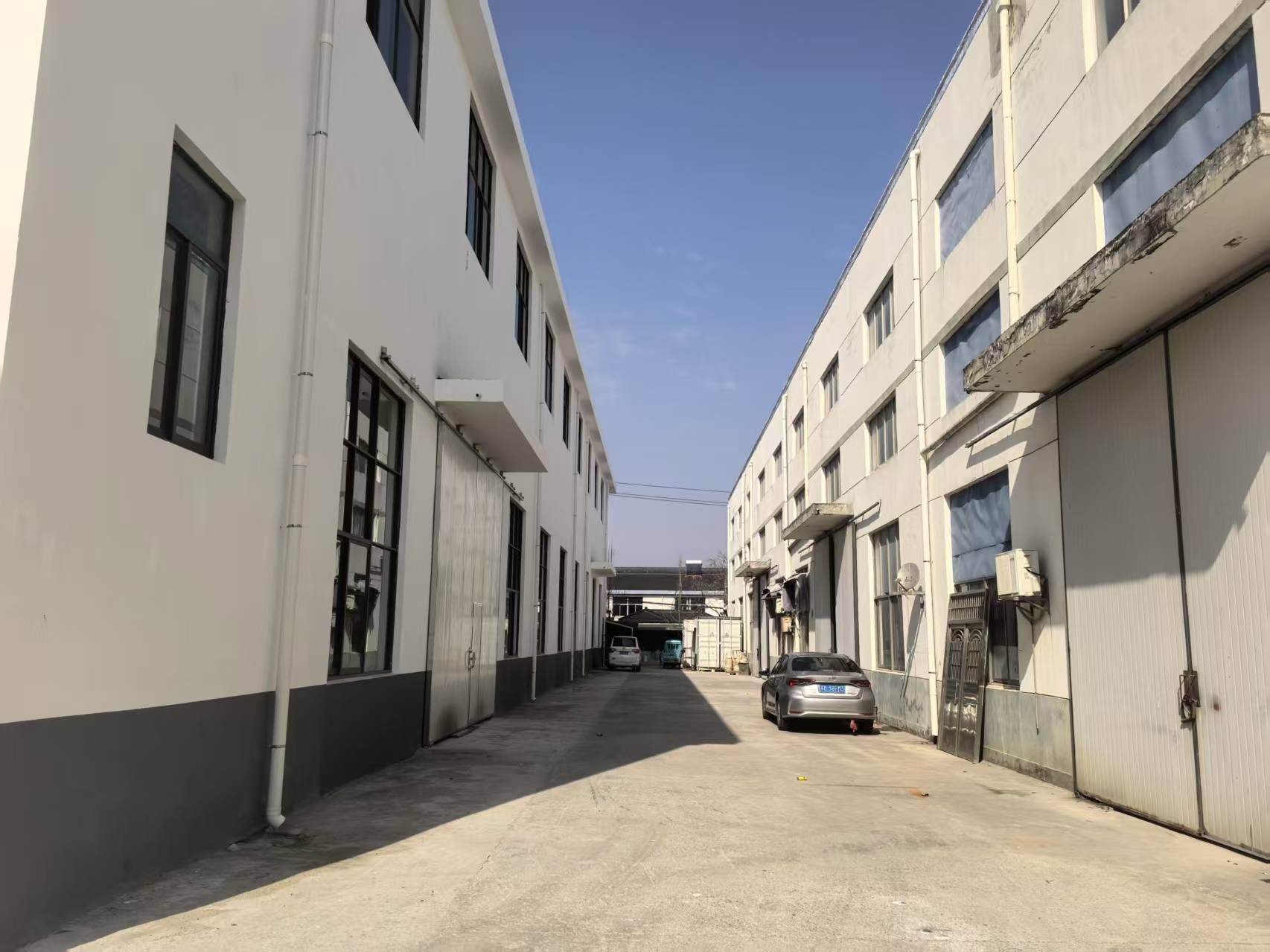
Innovative substance boast unmatched physical attributes, making them appropriate for a extensive range of implementations. Stemming from orbital and driving to electronic equipment, these ceramics are regularly enhancing to meet the expectancies of a progressive market.
- Their hardness and fortification to harsh conditions make them indispensable for superior devices.
- Besides, technical ceramics contribute benefits in terms of strength, supporting the development of leading-edge solutions.
Forming Porcelains: Tailored for Exceptional Operation
Manufactured ceramics excel in exacting functions due to their unparalleled attributes. Formed from carefully picked raw constituents and passed through intensive processing techniques, these modern composites display exceptional fortitude, dulling resistance, and endurance to critical climatic conditions, oxidation, and wear. From aerospace components to milling tools, industrial ceramics offer excellent efficiency across numerous fields. Their multipurpose nature allows withstanding severe states, confirming durability and constancy. As technology progresses, the desire for premium substances grows, cementing the central stance of industrial ceramics in shaping a stronger outlook.
Innovative Ceramics: Extending Component Limits
Substances, revealing remarkable hardness and tenacity, are undergoing a evolution. Sophisticated ceramics, crafted with refined control over their blend and granularity, exceeding the bounds of what's possible. These composites carry a comprehensive assortment of features, making them preferable for rigorous realms such as aerospace, medical domain, and resources. From low-weight parts that weather extreme warmth to non-toxic implants that integrate seamlessly with the anatomy, advanced ceramics are revolutionizing our sphere.
Exact Ceramic Assembly: Addressing Focused Needs
Technical ceramic fabrication has transformed significantly in recent cycles, allowing the fabrication of finely made and highly practical ceramic parts. These parts are important across a broad range of sectors, including outer space, medical, and electrical domains. Satisfying the rigorous standards for these incidences calls for accurate fabrication procedures that guarantee dimensional authenticity, surface quality, and material attributes. Leading ceramic fabrication processes employ diverse methods, including slip casting, injection molding, and additive manufacturing. These procedures make possible the formulation of complicated geometries and fine components with outstanding uniformity. Equally important, advances in substance science have produced new ceramic structures endowed with enhanced qualities. These compounds exhibit increased durability, sturdiness, and tolerance to intense temperature conditions, allowing their use in stringent sectors.
The potential for fine ceramic fabrication are immense. As research and forward movement go forward, we can expect even more state-of-the-art procedures and materials that will likewise grow the boundaries of what is within reach in this domain.
Top-Performing Ceramic Composites for Demanding Environments
Innovative ceramic composites offer extraordinary fortitude and antagonism against rigorous locales, making them ideal for taxing applications in military sectors. These progressive ceramics can survive excessive temperature-related loads, repel wear, and preserve their structural integrity under challenging mechanical impacts. Their unmatched lattice features make possible reliable effectiveness in critical environments, including thermal reactors, aero engines, and energy generators.
- Composite ceramics
- Thermal endurance
- Reduced mass
Advanced Composites: Combining Durability and Applicability
Combined ceramics convey a strong mix of mechanical robustness and distinct particular abilities. Through the union of ceramic elements within a foundation, these blends achieve exceptional efficiency. This merge results in heightened fortification against high hotness, wearing, and chemical degradation, rendering them effective for challenging applications in aviation, motoring, and resources arenas. Furthermore, ceramic composites are customized to possess specific properties like electrical conductivity or biocompatibility, enhancing their usage across diverse industries.
Atomic Handling in Innovative Ceramics
Realizing specified features in leading ceramics regularly demands scrupulous control over their architecture. Diverse treatment factors, including sintering thermal exposure, interval, and atmosphere, alongside the embedding of dopants or ancillary phases, notably determine the distribution of aggregations, pore presence, and other microstructural specifications. Careful modification of these factors allows for the betterment of durability, break resistance, and temperature conductivity. By way of illustration, upsizing the sintering heat magnitude can foster grain spread, thus increasing density and improving mechanical rigidity. Conversely, regulating the firing atmosphere may influence the oxidation status of the ceramic, thereby influencing its electrical transfer or magnetic influences. Appreciating these relationships between microstructure and properties is key for fabricating advanced ceramics with optimized performance suitable for many functions.
Erosion-Resistant Ceramics: Fortifying Robustness
During demanding process domains, where components are strained to constant scraping and degradation, goods with superior wear resistance are fundamentally required. Wear-resistant ceramics have surfaced as a foremost approach, offering unparalleled lastingness and output in diverse markets such as manufacturing, mining, and aerospace. These state-of-the-art compounds possess a rare grain layout that elevates their ability to combat abrasion. By harnessing the native sturdiness and firmness of ceramic structures, engineers can construct tough sections capable of withstanding the most harsh operating environments.
Health-Safe Compounds: Applications in Medical Science
Health-safe ceramics have revolutionized the healthcare specialty, presenting an array of positive traits for varied applications. These composites are passive within the physiology, minimizing immunological responses and fostering wound closure. A prime role for biocompatible ceramics is in prosthetic supports, where their rigidity sustains long-lasting hold to damaged cells.
Furthermore, they are exploited in tooth replacement, providing a sturdy and natural-looking solution for tooth replacement. Ceramics also maintain a key role in medicine delivery, supporting the localized supply of drugs to specific zones within the body.
- In addition, biocompatible ceramics are progressively being examined for cellular therapy, serving as a foundation for cell proliferation.
- Therefore, the horizon of biocompatible ceramics in health industry looks bright, with continual work expanding their applications.
Ceramic Measuring Instruments: Boosting High-Precision Measurements
Precision ceramic instruments have appeared as critical parts across a diverse array of domains. These devices leverage technic ceramic the special features of ceramic substances to deliver highly accurate measurements. Their robustness in {demanding|harsh| 